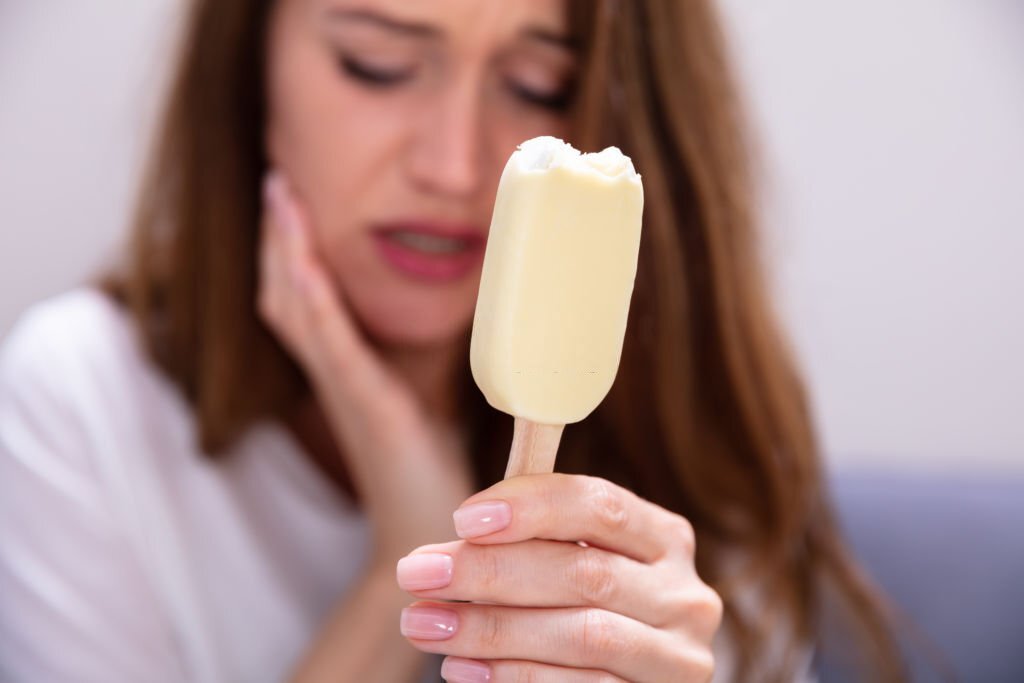Introduction:
Tooth sensitivity is a common dental condition that affects millions of people worldwide. If you’ve ever experienced a sharp, sudden pain when eating or drinking hot, cold, sweet, or acidic foods, you may be familiar with tooth sensitivity. This discomfort can range from mildly annoying to severe, impacting your ability to enjoy everyday activities. Understanding the causes and symptoms of tooth sensitivity is essential for proper management and maintaining good oral health. In this special blog post, we will explore tooth sensitivity in-depth, discuss the various causes of sensitivity, delve into the symptoms, and provide practical tips for managing and preventing tooth sensitivity.
What is Tooth Sensitivity?
Tooth sensitivity, also known as dentin hypersensitivity, occurs when the dentin—the layer of the tooth just beneath the enamel—becomes exposed. Dentin contains tiny tubules that lead to the tooth’s nerves. When dentin is exposed, these tubules allow external stimuli, such as temperature, pressure, and acidity, to reach the nerves, resulting in sensitivity and pain.
Causes of Tooth Sensitivity:

Several factors can lead to the exposure of dentin and the development of tooth sensitivity:
Tooth Enamel Erosion:
Enamel erosion occurs when the hard outer layer of the tooth is worn away by acids from food, beverages, or stomach acid (in cases of acid reflux). Acidic substances can weaken and erode the enamel, making it more susceptible to damage and exposing the dentin.
Gum Recession:
Gum recession is the process of the gum tissue pulling away from the tooth, exposing the tooth’s root surface. The roots do not have enamel protection, leaving the dentin exposed and vulnerable to sensitivity.
Tooth Decay (Cavities):
Untreated tooth decay can lead to the breakdown of enamel and dentin, causing sensitivity as the decay progresses deeper into the tooth.
Brushing Too Hard:
Aggressive tooth brushing, especially with a hard-bristled toothbrush, can wear down enamel and cause gum recession, leading to sensitivity.
Teeth Grinding (Bruxism):
Grinding or clenching your teeth, often during sleep, can wear down enamel and expose dentin, contributing to sensitivity.
Dental Procedures:
Some dental procedures, such as teeth whitening treatments or dental restorations (fillings, crowns), may cause temporary sensitivity.
Cracked Teeth:
Cracks or fractures in the teeth can expose the dentin and cause sensitivity, especially when biting or chewing.
Symptoms of Tooth Sensitivity:
The primary symptom of tooth sensitivity is a sudden, sharp pain or discomfort when the exposed teeth come into contact with certain triggers. Common triggers include:
Hot and Cold Foods/Drinks:
Consuming hot beverages like coffee or tea, or cold items like ice cream or chilled drinks, can trigger sensitivity.
Sweet Foods:
Eating sugary foods, especially in combination with temperature changes, may cause sensitivity.
Acidic Foods/Drinks:
Acidic foods and beverages, like citrus fruits and juices, can lead to sensitivity due to their impact on dentin.
Cold Air:
Exposure to cold air, especially during winter months, may trigger sensitivity in some individuals.
Brushing and Flossing:
Brushing too hard or using a harsh dental flossing technique can exacerbate sensitivity.
Managing and Preventing Tooth Sensitivity:
Fortunately, tooth sensitivity can be managed and, in some cases, prevented with the following strategies:
Use a Soft-Bristled Toothbrush:
Switch to a soft-bristled toothbrush and practice gentle, circular brushing motions to reduce enamel wear.
Use Toothpaste for Sensitive Teeth:
Toothpaste formulated for sensitive teeth contains ingredients that help block the dentinal tubules, reducing sensitivity.
Avoid Acidic Foods and Beverages:
Limit consumption of acidic foods and drinks and rinse your mouth with water after consuming them to neutralize acid effects.
Limit Sugary and Sticky Foods:
Reduce the intake of sugary and sticky foods that can contribute to enamel erosion and sensitivity.
Maintain Good Oral Hygiene:
Brush your teeth at least twice daily and floss once a day to maintain good oral hygiene and prevent tooth decay and gum disease.
Use a Mouthguard:
If you grind your teeth (bruxism), consider using a custom-fitted mouthguard to protect your teeth from excessive wear.
Visit Your Dentist Regularly:
Regular dental check-ups are essential to identify and address any dental issues that may contribute to sensitivity.
Dental Treatments:
Your dentist may recommend treatments like fluoride varnish or dental bonding to strengthen enamel and reduce sensitivity.

Conclusion:
Tooth sensitivity is a common dental problem that can cause discomfort and affect your quality of life. Understanding the causes and symptoms of tooth sensitivity is vital for proper management and prevention. Enamel erosion, gum recession, tooth decay, aggressive brushing, teeth grinding, dental procedures, and cracked teeth are some of the factors that can lead to sensitivity. By adopting good oral hygiene practices, using toothpaste for sensitive teeth, and avoiding triggers like acidic and sugary foods, you can effectively manage and reduce tooth sensitivity. Remember to schedule regular dental check-ups to address any dental issues promptly and maintain a healthy, pain-free smile for life. If you experience persistent or severe tooth sensitivity, consult your


